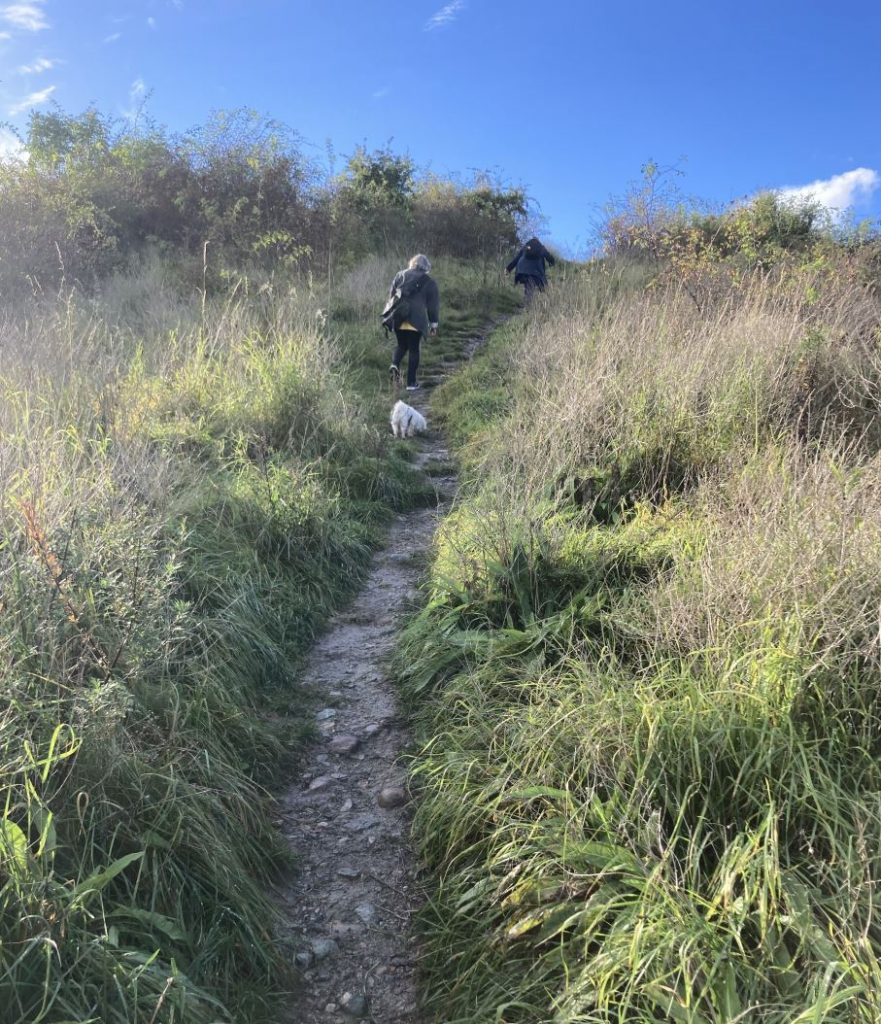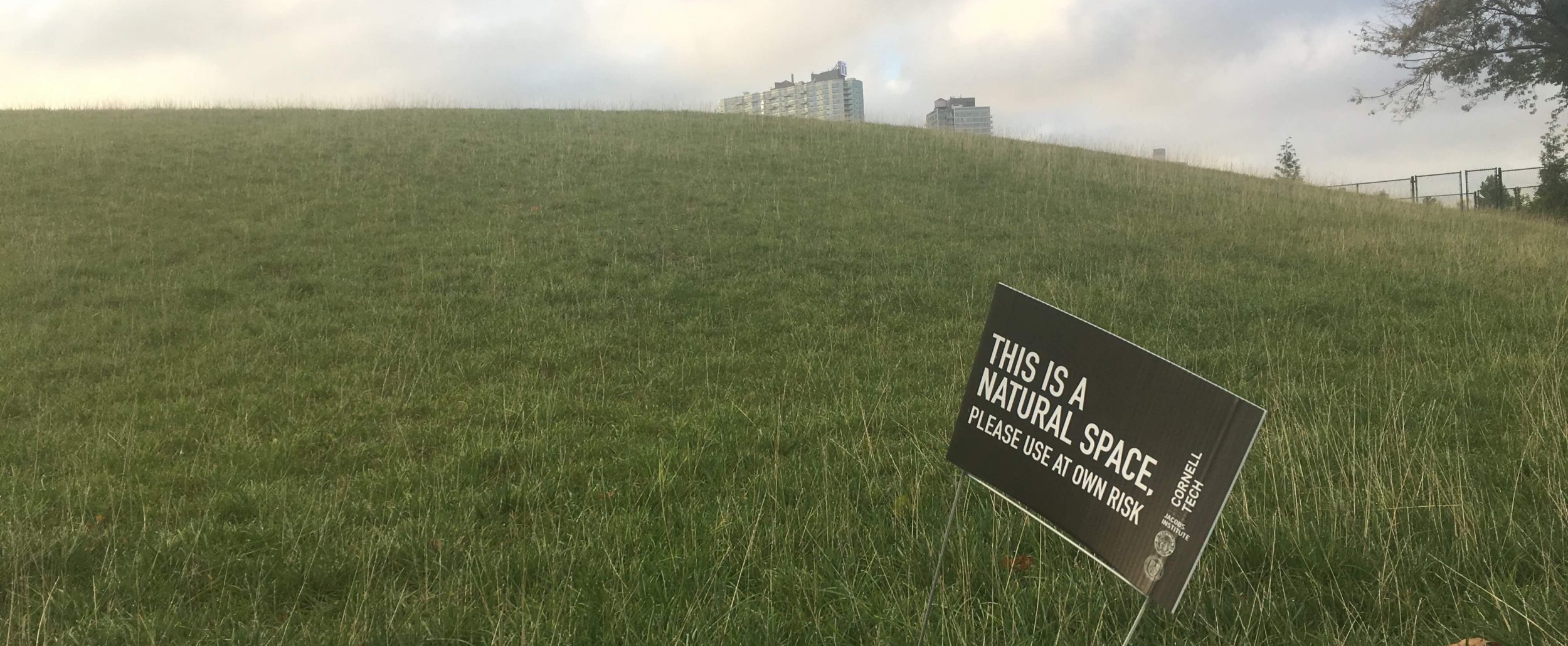The pressure on the city’s undeveloped areas is getting higher and more and more people need to share the city’s green spaces. In some places, this has meant greater pressure on the cemeteries to also function as spaces for leisure and recreation. At the same time, the cemeteries can also have great value for both biological diversity and cultural history. We can therefore say that the cemeteries and other burial places constitute multifunctional landscapes. How we relate to death and the dead in relation to the designed environment and the multifunctional landscape is the focus of this study. The pressure on the city’s undeveloped areas is getting higher and more and more people need to share the city’s green spaces. In some places, this has meant greater pressure on the cemeteries to also function as spaces for leisure and recreation. At the same time, the cemeteries can also have great value for both biological diversity and cultural history. We can therefore say that the cemeteries and other burial places constitute multifunctional landscapes. How we relate to death and the dead in relation to the designed environment and the multifunctional landscape is the focus of this study.

The study is based on a new cemetery that is under construction in the north-eastern corner of Järvafältet in northern Stockholm. Järva cemetery is intended to become an interfaith cemetery with a ceremony house that can be used by all faiths. Its main purpose, however, is to meet a growing need for burials space among the Muslim population in northern Stockholm. The cemetary is built on one of Stockholm’s constructed hills, which are hills made of rubble from the building of the suburbs (the Million Homes project of the 1960s and 1970s) that has been incorporated into the urban environment as parks. The project is therefore also interesting from the perspectives of “Stockholmiana” and architecture and garden history.
The study takes an interest in a number of intertwined themes. These include:
- Who cemeteries are intended for, when and in what way.
- How differently people imagine the presence of the dead in the cemetary.
- How planning for biodiversity meets recreation, contemplation, grief, memory and the design of the resting place of the dead.
- Park/garden history and what type of nature is considered capable of representing the resting place of the dead.
- City intentions and in particular Järva begravningsplats as an integration project.
- The interreligious cemetery in a contemporary era characterized by Islamophobic politics.
The study is based on qualitative methods:
• Media analysis of news articles, television and similar as well as discussions held in comments sections.
• Semi-structured interviews
• Focus group
• Site observation
The study is lead by Johanna Adolfsson
